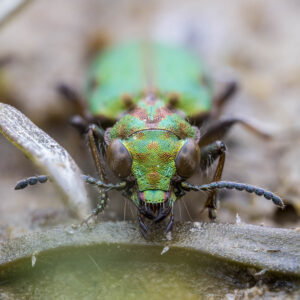A report released in late October by the California Department of Fish and Wildlife shows a decline in the abundance of fish in the San-Joaquin Sacramento Delta.
The Fall Mid Water Trawl indices measure the relative abundance and distribution of upper estuary pelagic species. Unlike a population count, the indices sample 122 stations from upstream San Pablo Bay to Stockton in September and October by towing a midwater trawl through the water for 12 minutes. All fish, shrimp and jellyfish collected are identified and enumerated.
This year’s indices reveal that populations of Delta fish such as Delta smelt, striped bass and threadfin shad are at a fraction of their historical abundance.
Striped bass in particular have plummeted since the 1980s, with the 23 counted in this year’s report the second lowest figure since the trawls began in 1967.
“The decline is directly related to flipping on the switches to the state and federal water pumps,” David Ostrach, a former UC Davis researcher who has closely studied striped bass reproduction and physiology told the East Bay Express.
Stripers are an estuarine fish which spawn in open freshwater. In California, about one-half to two-thirds of the eggs are spawned in the Sacramento River and the remainder in the Delta. Young fish can easily be sucked into the pumps, killing them, or diverted to backwaters and sloughs with insufficient food and habitat.
In a statement released Wednesday, the California Sportfishing Protection Alliance attributed the decline in Delta fisheries to state and federal water export projects bypassing regulatory requirements. The Alliance said that as a result of excessive water export, Delta fish populations have dramatically declined.
Scientists however believe other factors have also contributed to the fish’s decline. Stripers spawn prolifically—for example, a five pound female may spawn 180,000 eggs in one season. But UC Davis fish expert Peter Moyle told the Express that pollutants such as DDT and pesticides may have lowered the fertility of females and slowed growth rates in young fish, while a population crash in the 1980s may have come as a result of invasive species consuming juvenile striper’s preferred food.





